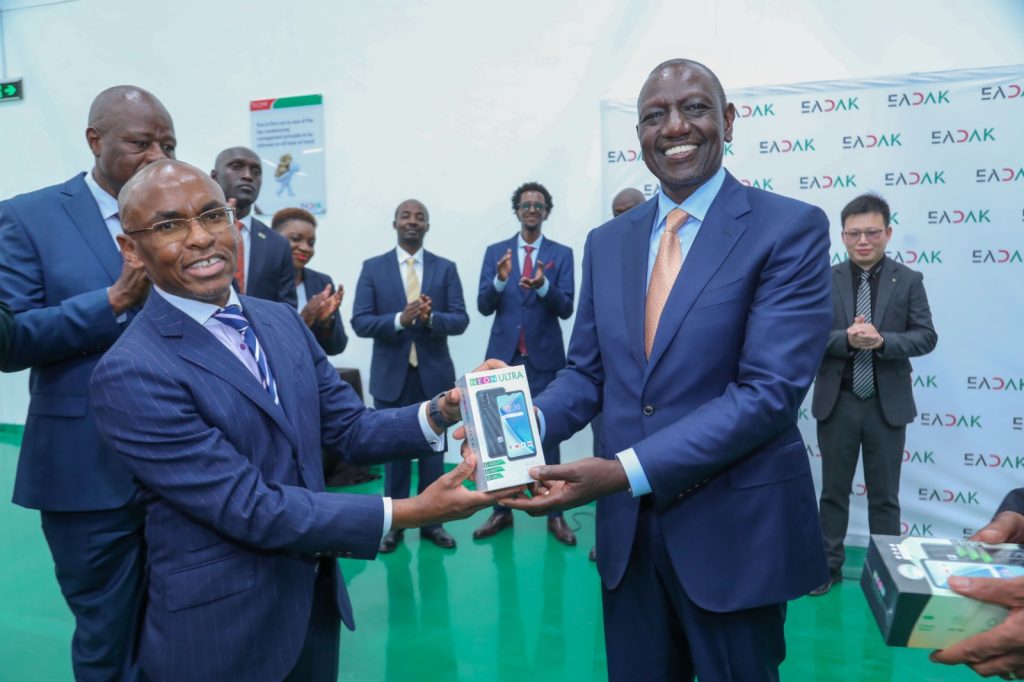Feat after feat, Africa is demonstrating that its stories are for the world to hear. Triggerfish, an animation company, is making this happen through Africa-centred stories.
Netflix just released Supa Team 4, its first-ever original animated African series. This is a win for Malenga Mulendema, the Lusaka-based writer and creator of the show. Mulendema’s achievement adds to the growing buzz around Africa-centred animated stories, which, in recent years, have attracted significant global attention. Supa Team 4 is produced by Triggerfish, a South Africa-based company on a mission to export African stories to a global audience. “With world-class storytelling, we are building bridges that connect Africa to the world,” said Stuart Forrest, the company’s CEO.
Triggerfish has existed since the ‘90s, but not with the African focus it has today. The business went through a redefining moment in the early 2000s, when advancements in technology began to redefine mainstream animation. The stop-frame animation technique, Triggerfish’s forte, gradually gave way to more sophisticated computer-generated (CG) animation, which almost forced the company out of business.
This situation presented Forrest, then an employee, with the opportunity to buy the business to keep it afloat. He did, and later partnered with Mike Buckland, an animator who had been working in Africa at the time. The team would later relaunch the company as a CG animation studio with a focus on telling African stories.
Following the money
Money is to dreams what gas is to cars, many have argued. For Forrest and his team, the move to double down on Africa was not—like many business owners in Africa would say—born out of some idealistic passion to “make the continent a better place”. Triggerfish wanted to tell big stories, and so they needed financiers with deep pockets. Some, like Disney, were clear: capitalise on the [under-tapped] African market, and get funded. That began Triggerfish’s Africa-wide expansion, birthing collaborations with creators across the continent to tell Africa-centred stories. The studio’s first call for submissions pulled in about 1,400 scripts/ideas from African writers. They finally selected eight, one of which was Supa Team 4.
Before it expanded its lens across the continent, Triggerfish had focused mainly on the South African market, where it had recorded some success with feature films such as Adventures in Zambezia (2012) and Khumba (2013). But its major breakthroughs and co-signs with big streamers started after the company decided to explore stories and creators from the entire continent. This, for them, was the win-win strategy to tell stories across several cultures and access project capital. And this, they did, eventually landing a couple of their projects, including a feature film (Seal Team) and a series (Kizazi Moto), on global streaming site, Netflix.
“Africa is full of stories; storytellers just need more opportunities to tell them,” Forrest said to me from his home in Ireland, another country in which Triggerfish operates.
Africa: huge market, small business
Africa has an estimated population of $1.4 billion people, a huge market for any business with a reasonable entertainment product. However, that number dwarfs the $6.2 million subscription video-on-demand (SVOD) users on the continent. While the market is projected to add about 9 million users over the next five years, and register a CAGR of 11.29%, the reality is that Africa’s current revenue-generating capacity is rather low. “Africa accounts for just 4% of Triggerfish income, despite comprising our largest audience,” Stuart Forrest said. “This is why we have to think globally.”

Triggerfish’s strategy involves getting its stories to audiences around the world. One major market they are keen on is the African diaspora, which is often described as the world’s third-largest country. With a population strength of about 350 million, and most living in highly urbanised climes, they represent an under-tapped market opportunity for afro-animation distribution.
In addition, the commercial success of Afrocentric projects, including Marvel’s Black Panther and The Woman King, has contributed to an increased global appetite for such titles, marking an increasingly promising future for Africa-centred content.
The journey ahead
Working with creators across the continent, Triggerfish will continue to export more African stories to the world, as it leads the fast-growing afro-animations industry. The last half-decade has seen companies like Youneek, Magic Carpet, Giraffics, Diprente, and Kugali Media launch projects that have captured global attention. Kugali Media’s Iwaju, an Afrofuturistic series set in Lagos, Nigeria, was commissioned by Disney. Youneek’s Iyanu is set to stream on HBO Max and Cartoon Network. Asked about how much of a competition these fledgling companies pose, Forrest said: “I don’t see these companies as competitors. We need more people focused on African stories and unlocking the continent’s potential for all of us.”
Triggerfish projects cost anywhere between $5 million to $50 million—the kind of money African startups raising venture capital would raise through series A to C funding rounds. And profits are recouped after the project’s distribution. Despite the evident traction and potential for returns, financiers and African governments have hesitated to invest significantly in the industry, hindering its full growth and limiting Africa’s emergence as a developed market for its own stories. Also, to solve what Forrest Stuart describes as a talent gap on the continent, Triggerfish runs a non-profit that trains Africans to be world-class animators.
“We’ve come a long way in Africa, but the potential ahead is still huge. We are making sure the world sees Africa and its beauty; it’s something we won’t get tired of,” Forrest concluded.











